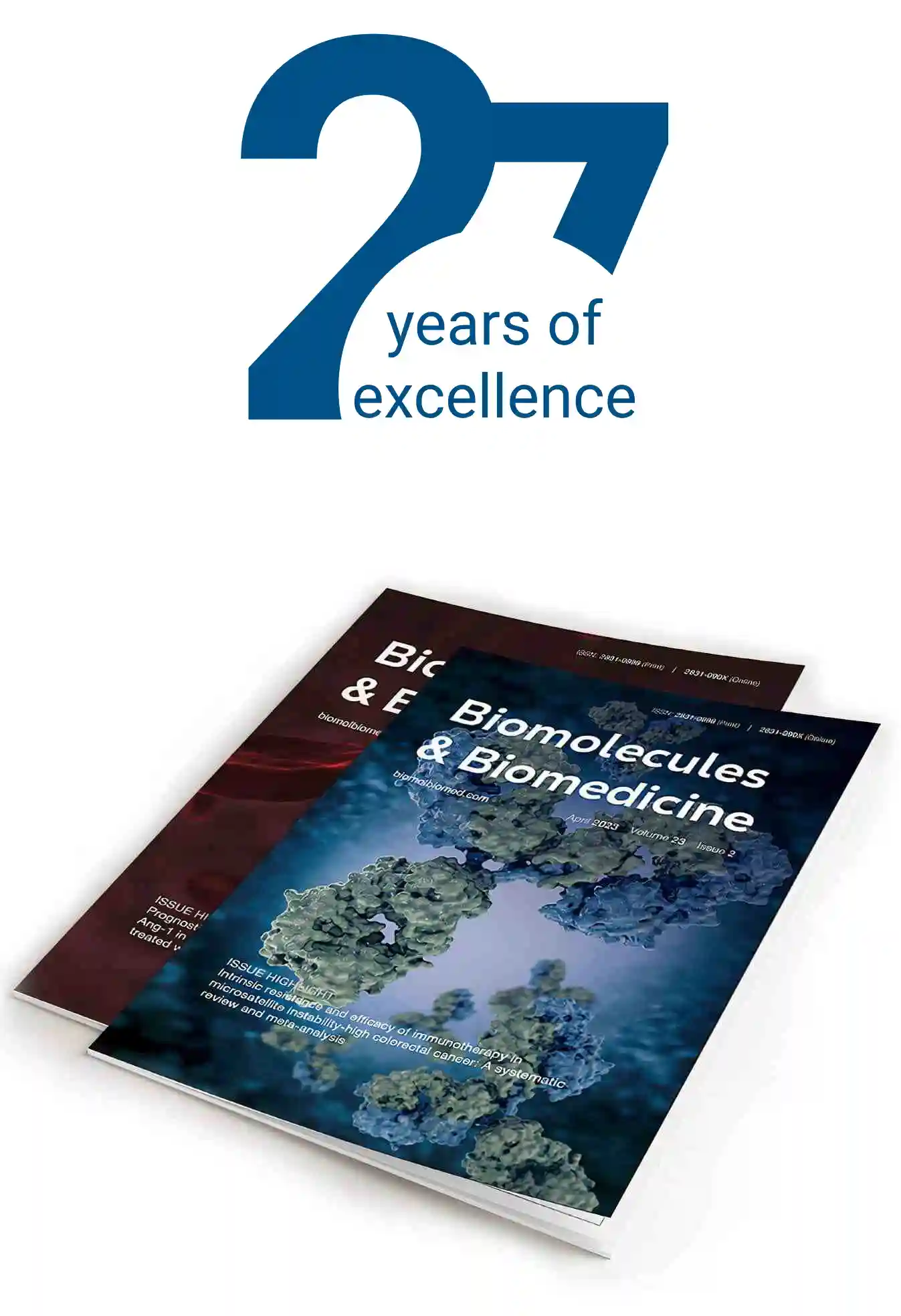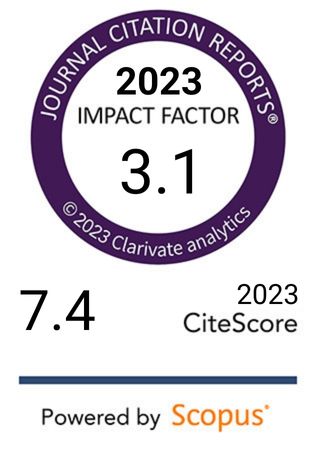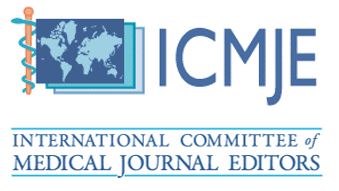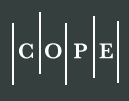Global, regional, and national trends in thyroid cancer burden (1990–2021): Insights from the GBD 2021 study
DOI:
https://doi.org/10.17305/bb.2025.12503Keywords:
Thyroid cancer, GBD database, risk factors, burden predictionAbstract
The global incidence of thyroid cancer (TC) has been steadily increasing and is now recognized as one of the most prevalent endocrine malignancies. This study provides a comprehensive evaluation of the prevalence, incidence, mortality, and disability-adjusted life years (DALYs) associated with TC from 1990 to 2021. Data for this study were sourced from the 2021 Global Burden of Disease, Injuries, and Risk Factors Study (GBD). To quantify temporal patterns and assess trends in age-standardized TC metrics—namely, age-standardized prevalence rate (ASPR), age-standardized incidence rate (ASIR), age-standardized death rate (ASDR), and DALYs—estimated annual percentage changes (EAPCs) were calculated. The analysis was stratified by sex, 20 age groups, 21 GBD regions, 204 countries/territories, and five Socio-demographic Index (SDI) quintiles. Statistical analyses and plotting were conducted using R statistical software version 4.4.2 and Joinpoint software. The study found that the global burden of thyroid cancer remains substantial, with a significant increase in the total number of cases. In 2021, regions with high SDI reported the highest ASPR, showing an upward trend compared to 1990; however, this trend began to decline significantly after 2009. Conversely, regions with low and low-middle SDI exhibited noticeable increases in ASPR, ASIR, ASDR, and DALYs. The highest prevalence and incidence were observed in the 55-59 age group, followed by a gradual decline. The majority of affected individuals were women. A high body mass index (BMI) was identified as the primary risk factor for TC, and both prevalence and incidence are expected to continue rising through 2040.
Citations
Downloads
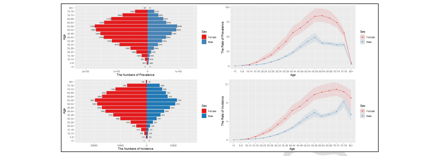
Downloads
Published
Issue
Section
Categories
License
Copyright (c) 2025 Ming Tang, Jiarui Li, Mingxiu Sun, Xin Song, Kaize Zheng, Xiaoting Luo, Zhirui Xue, Likun Du

This work is licensed under a Creative Commons Attribution 4.0 International License.
